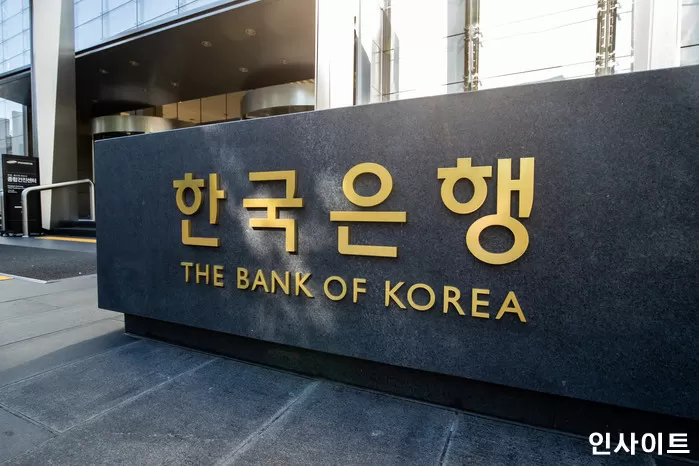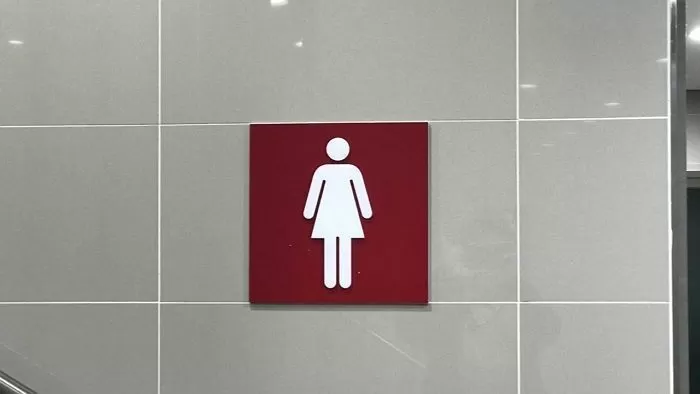Korean Economy Records Negative Growth in Q1, Deepening Domestic Weakness
In the first quarter of this year, the Korean economy declined due to sluggish domestic demand, including construction, facility investment, and private consumption.
After failing to rebound since the second quarter of last year, the economy has once again regressed within just three quarters, raising the likelihood that the annual economic growth rate will be significantly lower than the Bank of Korea's initial forecast of 1.5%.

The Bank of Korea announced that the real GDP growth rate for the first quarter was -0.2%. This is 0.4 percentage points lower than the Bank's official forecast of 0.2% made in February.
Following a "surprise growth" of 1.3% in the first quarter of last year, the economy fell to -0.2% in the second quarter and has shown persistently poor performance without a significant rebound. As a result, it has once again fallen into a recession.
Previously, the Bank of Korea hinted at negative growth due to prolonged domestic political uncertainty, economic sentiment dampened by concerns over U.S. tariff policies, record-high wildfire damages, and the shutdown of some construction sites. The deferral of demand for high-performance semiconductors (HBM) was also identified as a key factor.
By sector, private consumption decreased by 0.1% from the previous quarter due to sluggish service consumption in entertainment, culture, and healthcare. Government consumption also fell by the same ratio due to a decrease in health insurance benefit expenditures.

In particular, a noticeable decline in investment was observed due to uncertainties in both domestic and international economies. Construction investment decreased by 3.2%, primarily in building construction, while facility investment shrank by 2.1% focused on machinery, such as semiconductor manufacturing equipment.
Exports also fell by 1.1%, hampered by poor performance in chemical products, machinery, and equipment; however, imports decreased by 2.0%, primarily in energy products such as crude oil and natural gas.
By economic activity, the electricity, gas, and water supply sector grew, led by gas and steam supply; agriculture, forestry, and fisheries experienced growth due to a favorable fishing environment. In contrast, manufacturing and construction sectors decreased due to poor performance in chemicals, chemical products, machinery, equipment, and building construction.
In the services sector, industries such as finance, insurance, and information and communication grew, but transportation, retail, and accommodation and food services shrank, indicating an overall stagnation.
This result shows that the Korean economy is facing various challenges. In particular, the urgent need for recovery in the domestic market and the strengthening of adaptability to changes in the global economic environment is essential.
Image source: Photo = Insight, material photo to assist in understanding the article / News1


